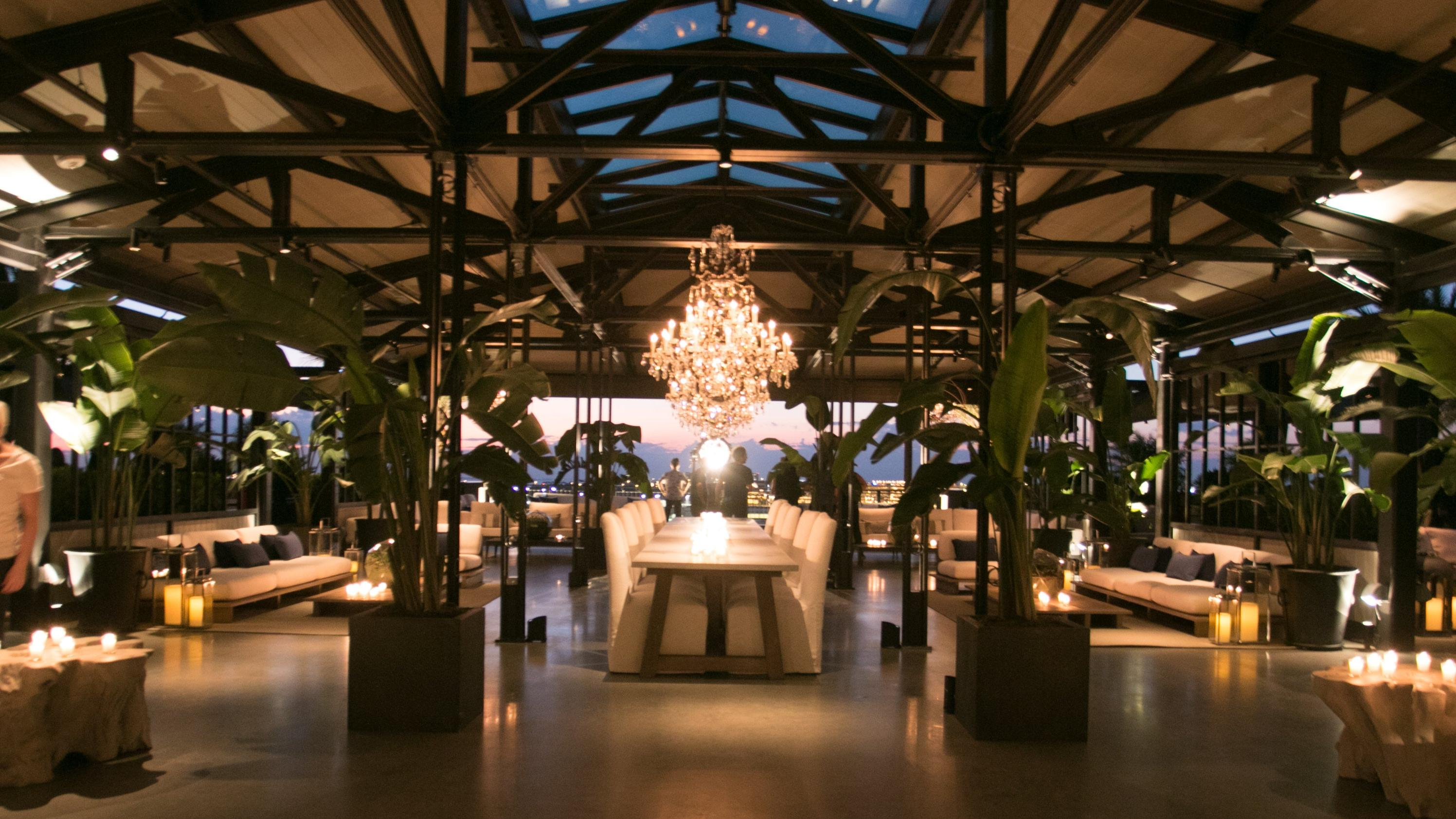How A Luxury Hardware Store Thrives As A Restaurant
RH's foray into the restaurant business has cemented its reputation as a luxury brand.
The restaurant industry is a tough one—according to the National Restaurant Association, at least one in three restaurants fail in the first year. So for an already established business to decide to throw its hat into the restaurant ring can be a huge gamble. But one home furnishing company has managed to create a restaurant brand that somehow continues to grow, benefiting its initial line of business in the process. It's RH, formerly known as Restoration Hardware, and you might soon see one of its luxury restaurants pop up near you.
A brief history of RH (Restoration Hardware)
Stephen Gordon founded Restoration Hardware in 1979 in Eureka, California as a place to sell vintage home goods and other antiques found during his travels. It slowly grew over the next few decades, earning a reputation as a place for affordable pieces of retro decor. But even with that growth, the business found itself in a tight spot (and more than $3 million in the red), and in 2001, Gary Friedman of Williams-Sonoma was tapped to take Gordon's place as Restoration Hardware CEO to "restore its health," San Francisco Business Times reported at the time.
In the past 21 years, Friedman's influence was felt strongly. In 2012, the brand changed its name to simply RH, a move reflecting the company's expansion into industries beyond just specialty furnishings: luxury home decor, publishing, and, eventually, restaurants. In 2015, Friedman opened up the first RH Restaurant in Chicago's Gold Coast neighborhood. There are now 16 RH restaurants across the country, and they all seem to be thriving.
A quick scroll through RH's Restaurants page on its website shows scene after scene of luxury dining rooms that look like they're straight out of a high-end catalog, and that's exactly the point. According to The New York Times, these restaurants begat even more luxurious branding opportunities—a private RH jet for rent, an RH yacht available to charter, and an RH guest house in New York. But it's the restaurants that remain the most accessible to customers, and even though Friedman tells The New York Times that serving good food is obviously a major focus, it's the RH decor and displays of RH products that draw people in.
Why RH restaurants continue to succeed
Each of RH's 16 restaurants earns an average of $10 million per year, The New York Times reports, an astonishing figure that's 10 times higher than the average sales of a typical restaurant in the United States. The high-end menu prices certainly don't hurt with that bottom line: A cheeseburger goes for around $40, and you can get a grilled avocado topped with caviar for a cool $52. But to make money off the menu, you first need to get people in the door. That seems to be the easy part for RH.
"If it doesn't look like this, we probably won't even go," one guest at RH Restaurant in Dallas tells The New York Times.
Unlike in-store restaurants like the IKEA cafeteria, which is designed to provide a quick hit of sustenance before carrying on with your shopping, RH Restaurants are meant to serve as an attainable fantasy for their customers. Like many Instagrammable bars and restaurants that have infiltrated our society, these spots provide perfect backdrops for photos or home decor inspiration. The difference here, however, is that everything is for sale; you can actually step right through to a showroom and purchase the exact pieces that make the restaurant so photogenic. (Martha Stewart knows all about it.)
And that fantasy works the other way, too: If you don't have the means to actually purchase something from the showroom, you can at the very least spend $17 on a glass of rosé while pretending RH Restaurant is your own personal dining room.
